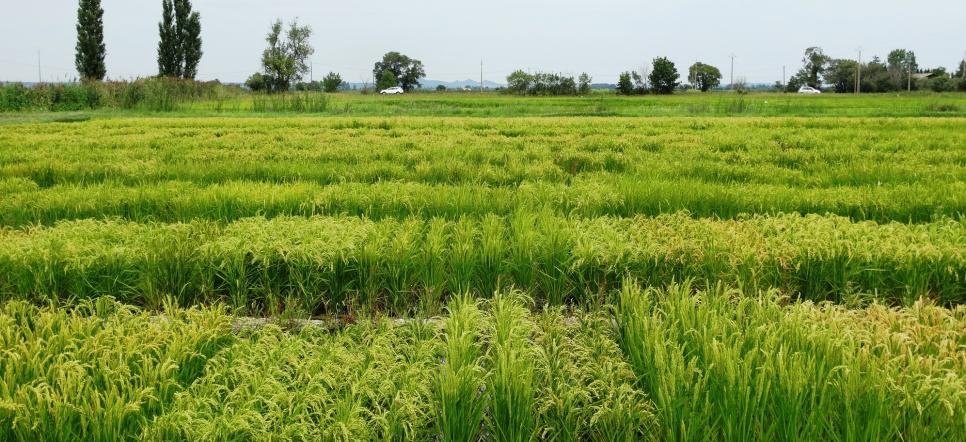The conservation of agrobiodiversity is essential to ensure food security for future generations. The main current strategy is based on the establishment of genetic resource collections, veritable gene banks in which scientists can search for the most promising candidates to respond to a given problem: resistance to lack of water, to a pest, high yield... Breeders can then use them to create new varieties. There are currently some 1,750 genebanks dedicated to the conservation of cultivated plants, representing some 7.4 million accessions*. They can be found on every continent, although their number is smaller in Africa than in the rest of the world. These banks are redundant, to limit the risk of permanent loss of an accession: of the 7.4 million mentioned above, 25% to 30% are unique, the rest being duplicates. Unlike the famous Svalbard reserve in Norway, which is no more and no less than a cold store, genetic resource collections are "living": they can be consulted by researchers or breeders, who can order the accessions that interest them. They are tools dedicated to the improvement of cultivated varieties. However, despite their importance, genebanks are not immune to setbacks. In addition to the question of securing their often precarious financing, the issue of what happens to them in the event of armed conflict or natural disaster is particularly worrying. This was notably the case in Syria in 2015. The city of Aleppo, home to ICARDA, was the scene of intense fighting, forcing the relocation of the collection to Lebanon, which was made possible by the recovery of deposits made in Svalbard.
The collections are composed of accessions...
In a collection of genetic resources, an accession is the basic conservation unit. When seeds (or tissues, seedlings, etc.) of a plant variety are received for collection, they are assigned a unique identifier (the accession number). The accession number is associated with information such as geographical origin, collection conditions (date, provenance), characteristics (phylogeny, phenotype...), etc. The accession number is never reused: if the corresponding seed lots are sold out and the same variety is reintroduced into the collection, it will be assigned a new accession number.
The issue of land pressure is also a major concern in the case of in situ conservation, which consists of preserving plants in their original environment. Less widespread than ex situ conservation, this practice is nevertheless essential for certain crops, such as coconuts and cocoa. These collections can sometimes find themselves suddenly threatened, like the international coconut collection in the Pacific region in 2012, which numbered 3,200 trees corresponding to 57 varieties. Threatened by Bogia syndrome, a bacterial disease transmitted by insects, it had to be moved.


